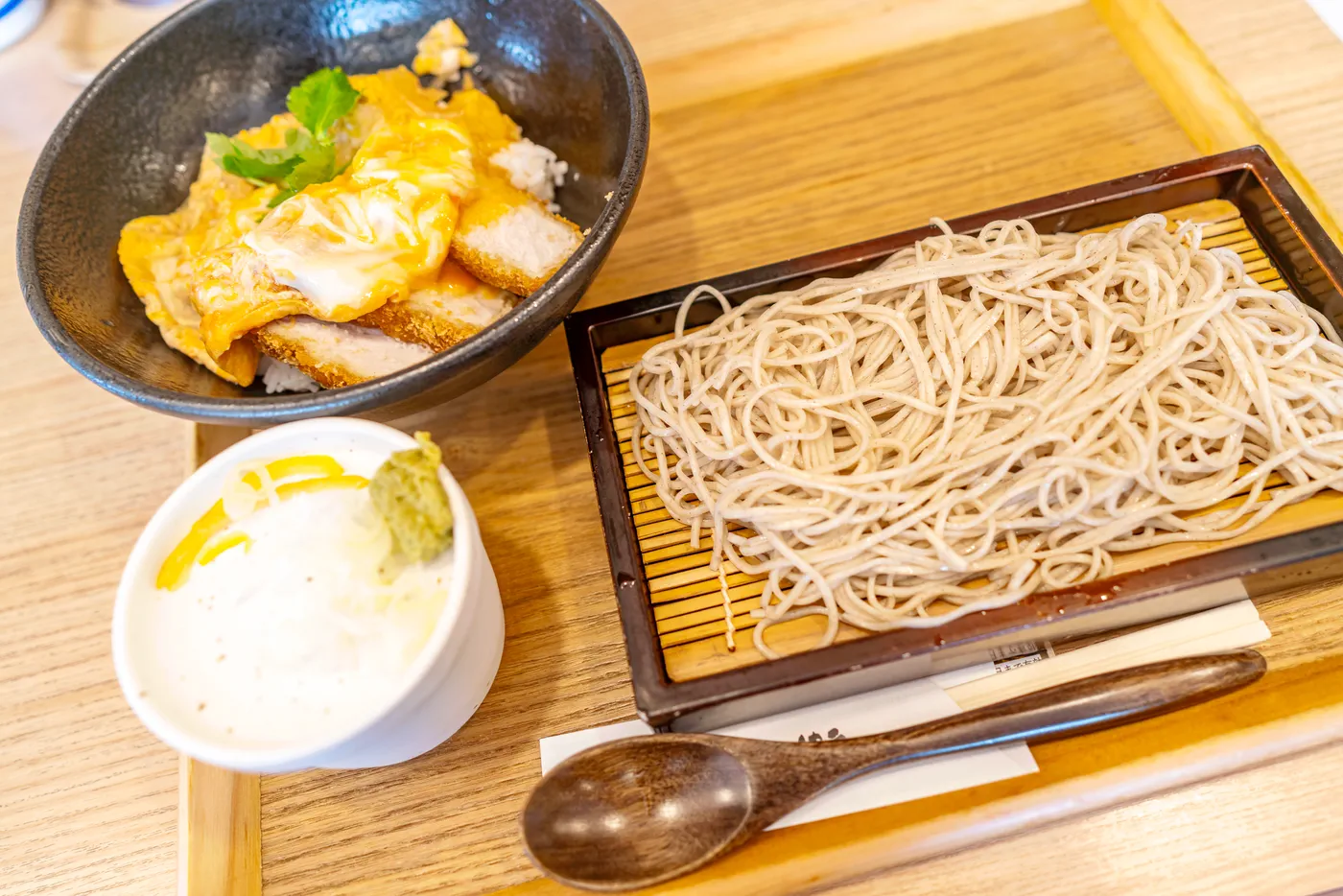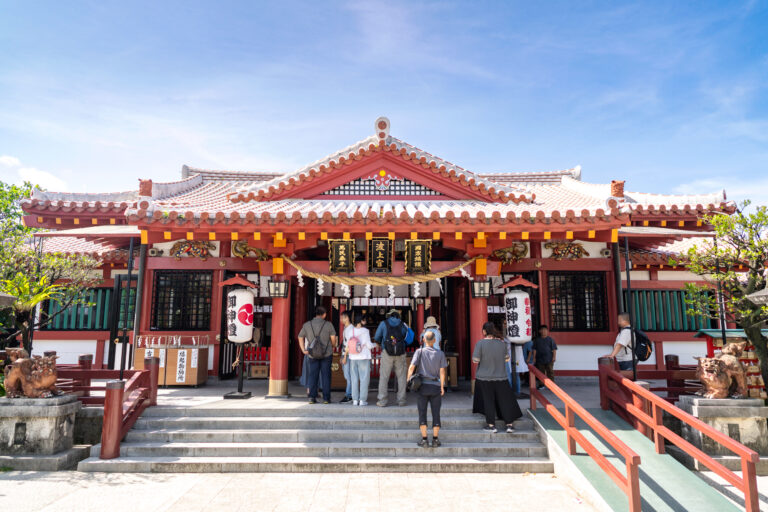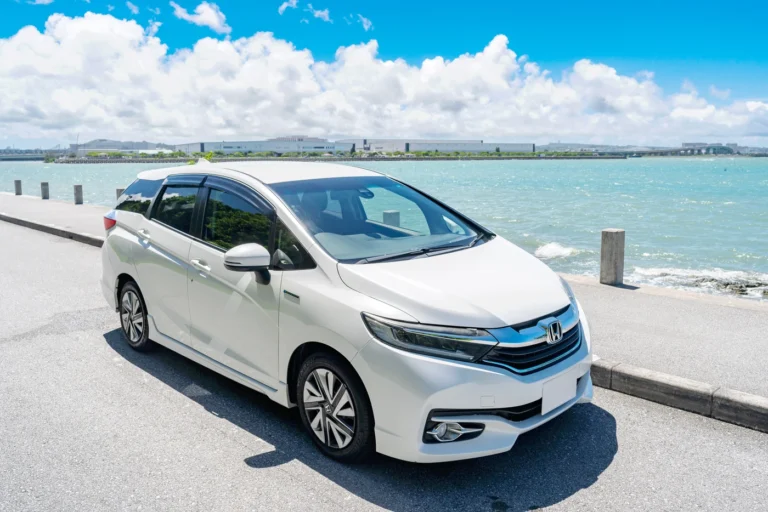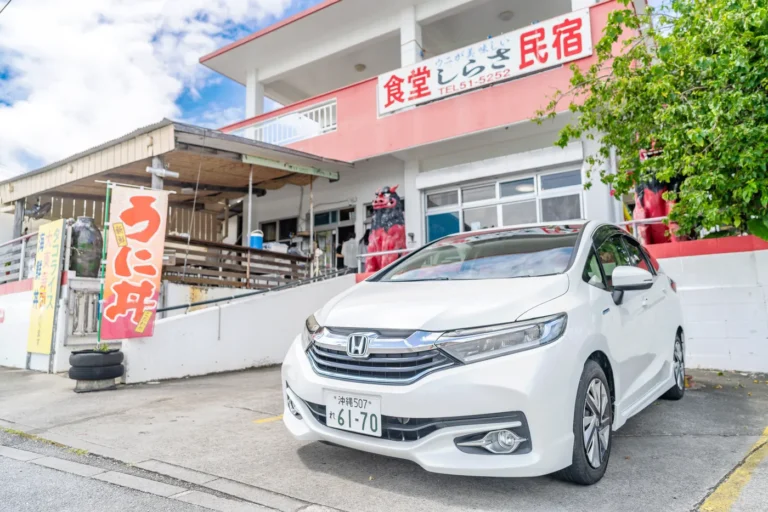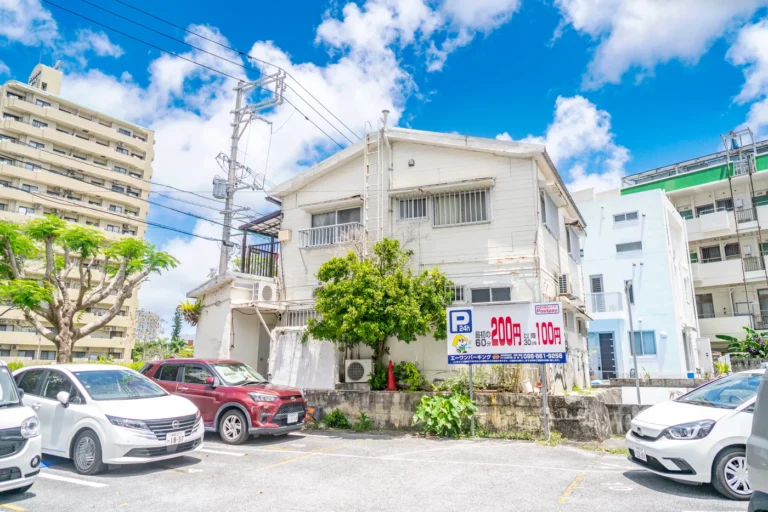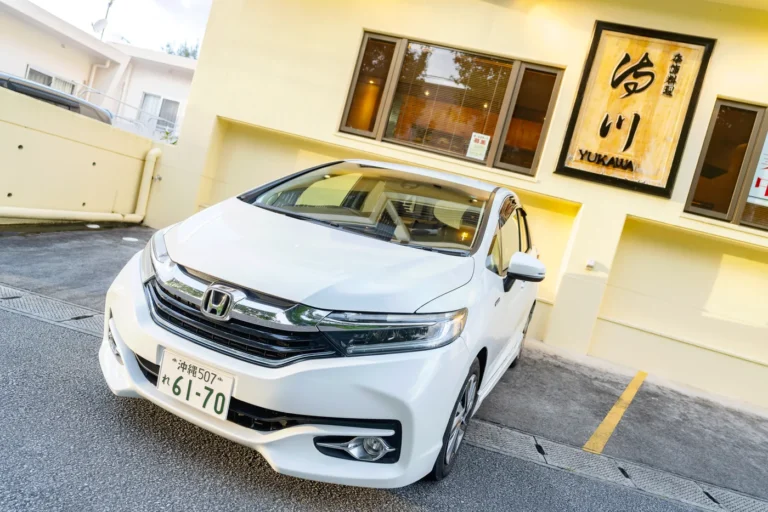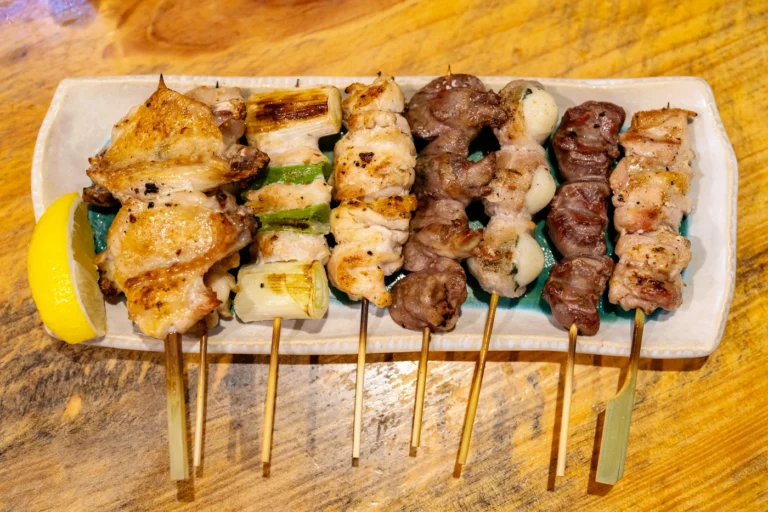Namasoba Nakamura
👋 Haisai! This is CULT.
Today’s topic is Namasoba Nakamura (生そば 中村麺兵衛 沖縄県庁前店).
Is Okinawa your first destination in Japan? Or perhaps you’ve travelled to other parts of Japan before visiting Okinawa and noticed that it feels quite different from the mainland. Among these differences, the food style is also slightly distinct. Since Okinawa has a relatively short history as part of Japan, it retains much of its unique culinary culture. Okinawan cuisine is wonderful, but for those who wish to try mainland-style food, I recommend Namasoba Nakamura today.
📌 Location of Namasoba Nakamura
The location of Namasoba Nakamura is near the western end of Kokusai Street in Okinawa. It’s conveniently situated on the way to [Fukushuen] or [Naminoue Shrine], making it a great spot to visit. After your meal, there are plenty of izakayas and karaoke places nearby for entertainment. ⏰ Opening hours are from 8:30 AM to 10:30 PM daily, except on Sundays when it closes at 9:15 PM. [Google Map]
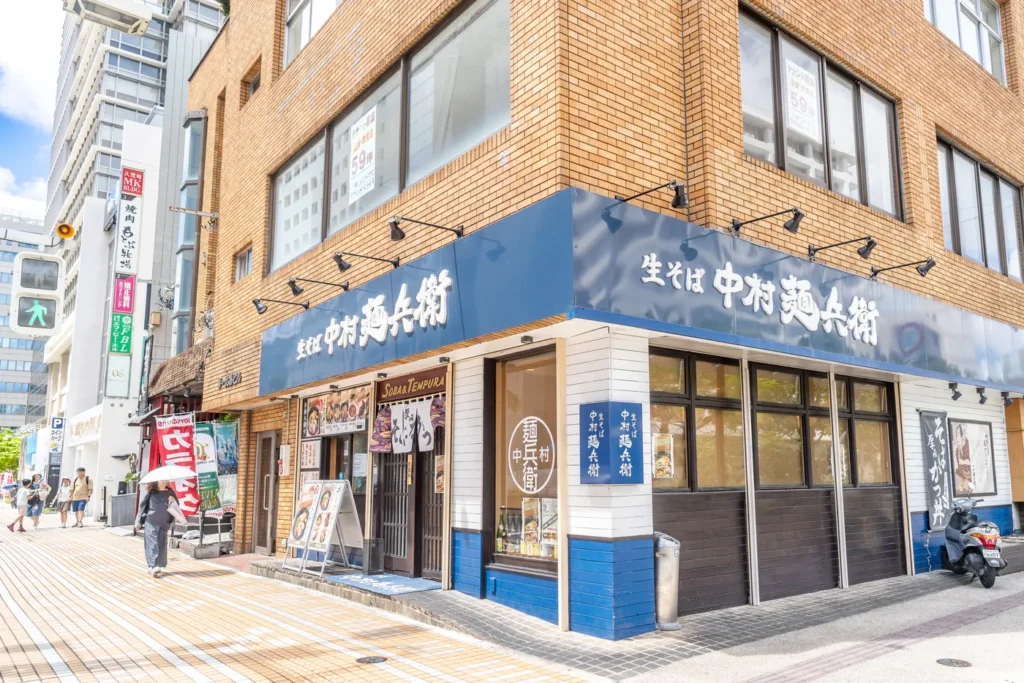
The exterior of the restaurant is marked by a blue sign, making it easy to find. It’s conveniently located next to Route 58, so accessibility is excellent. Although there isn’t direct parking available, there is a coin parking lot behind this block. As this area is a popular spot for food lovers, parking fees can be a bit pricey. If you’re looking to save some money, it might be a good idea to check out the [International Street Affordable Coin Parking] list!
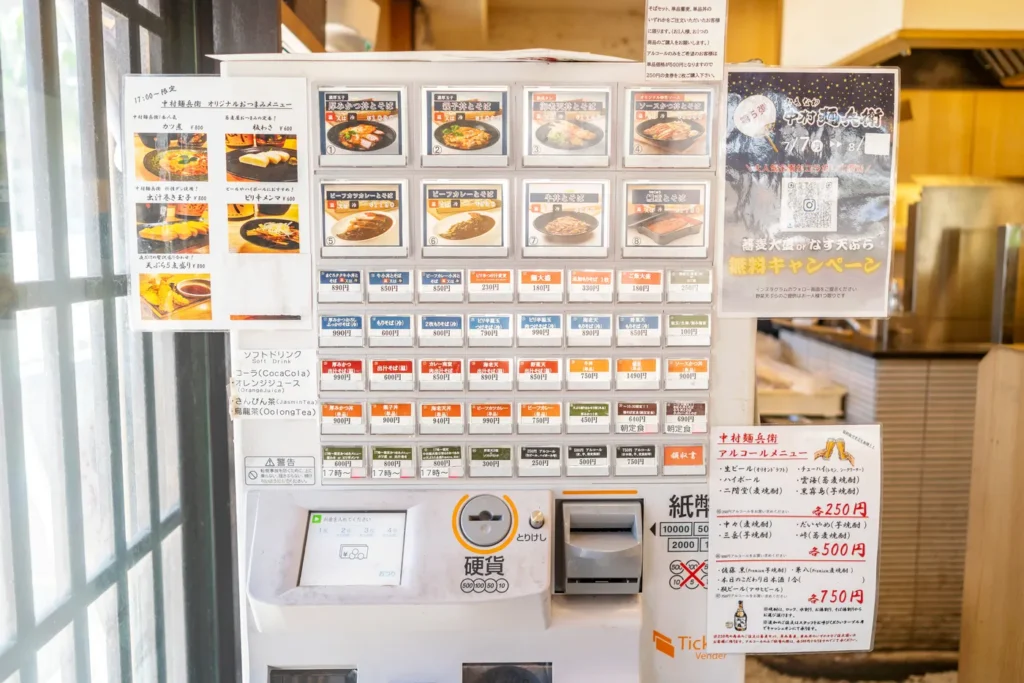
When you enter the shop, you need to place your order first. It’s a vending machine system, and popular dishes have images attached, as you can see in the photos. I’ll introduce the dishes I tried below, so feel free to use it as a reference when ordering. Also, payment is only possible in cash 💴. The good news is that you can use new banknotes, and 10,000 yen bills are accepted.
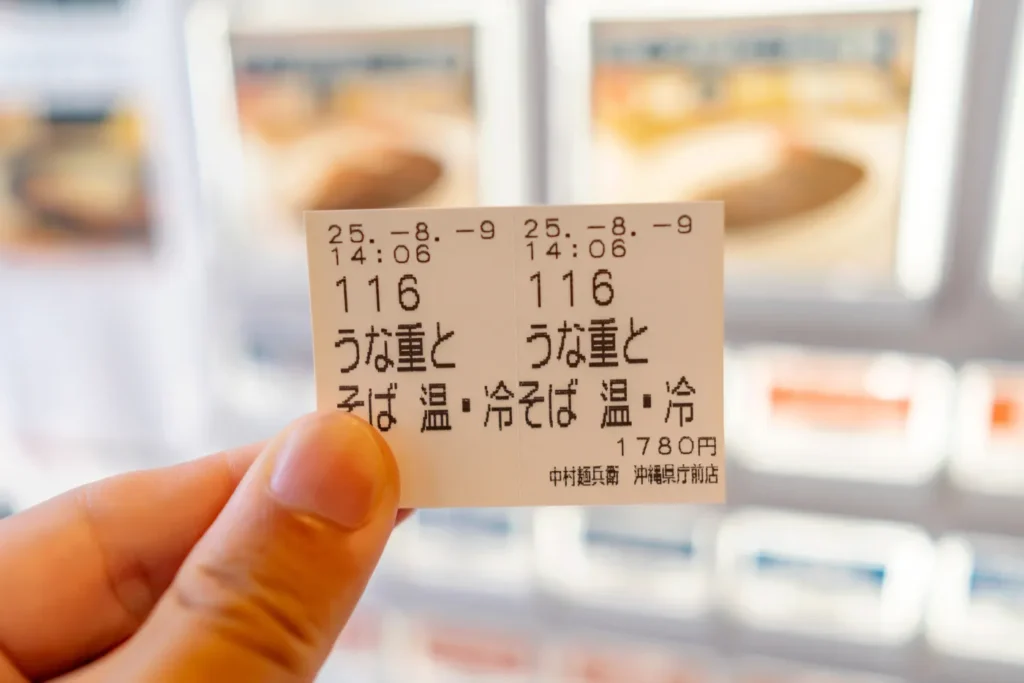
Check the menu prices and insert the corresponding amount to activate the button. Once you press the button for your desired menu, a meal ticket will be dispensed. I first ordered the eel rice bowl and soba. They come as a set, and the total price including tax is 1,780 yen. (うな重とそば 温/冷)
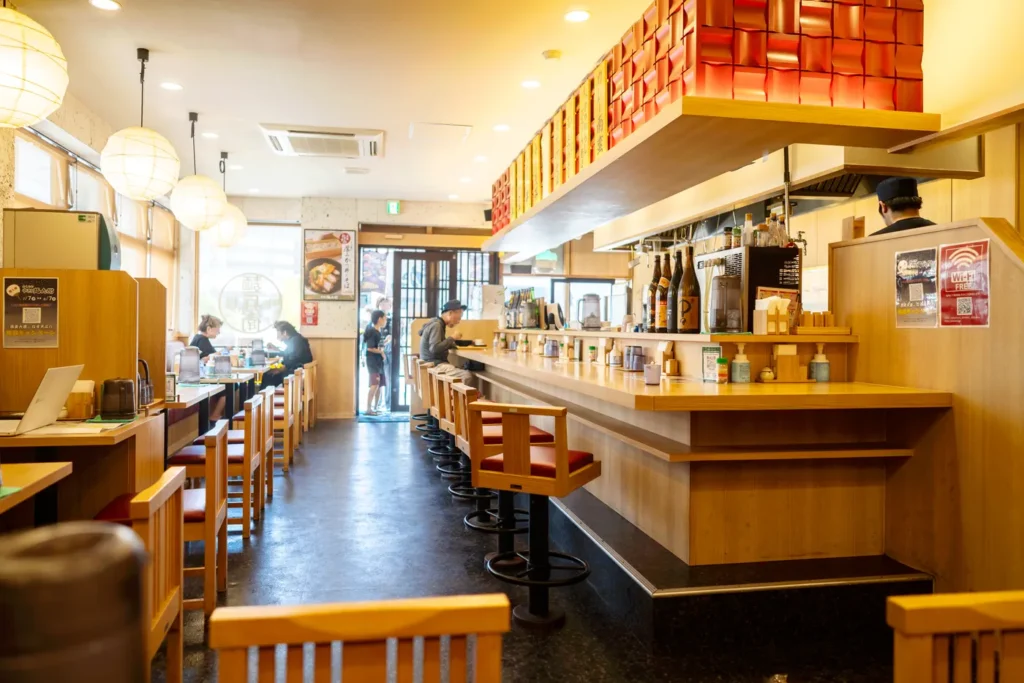
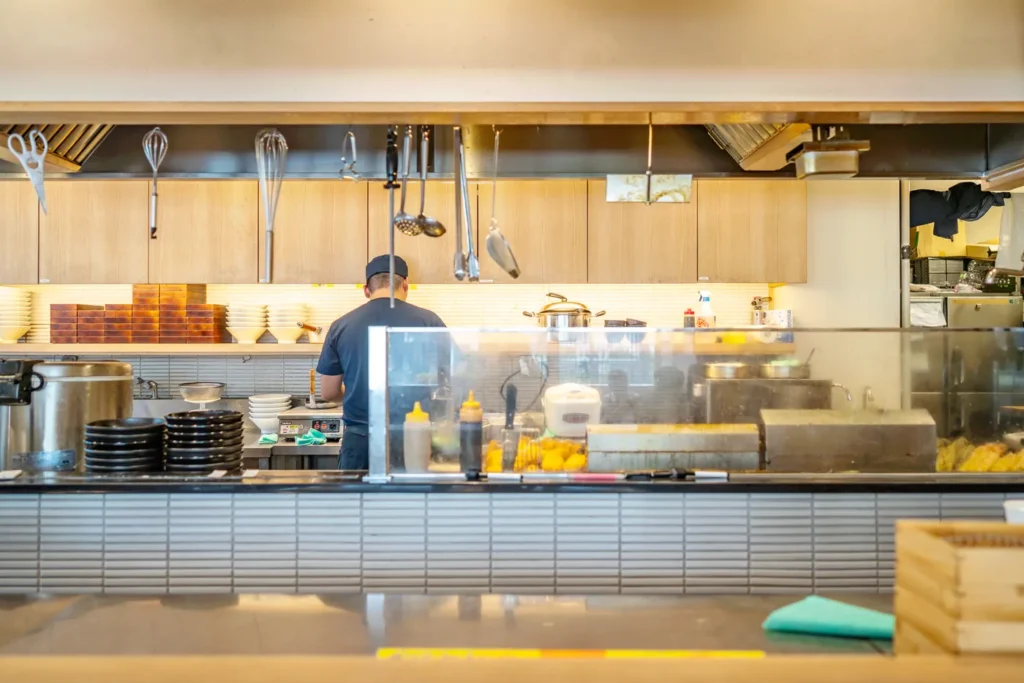
After placing my order, I take a moment to explore the shop.
It feels like a neat Japanese restaurant. I also like the bar table. On my first visit, I sat near the side tables, and on my second visit, I dined at the bar table. It was very hot that day, but the air conditioning was on high, so it was very cool inside.
🍱 Eel Rice Bowl and Soba Set
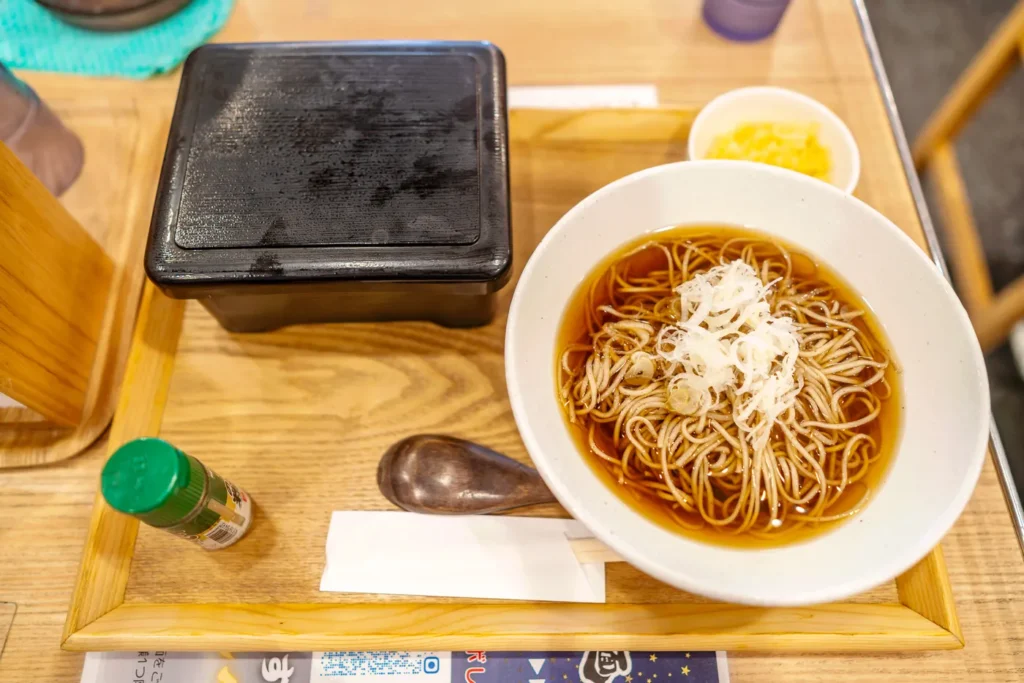
This is eel rice bowl and soba.
For soba, you can choose between the warm soba shown in the photo and the refreshing zaru soba. I always opt for zaru soba, but for the sake of menu variety, I decided to try the warm soba this time. The lunchbox in the top left corner is the eel rice bowl.
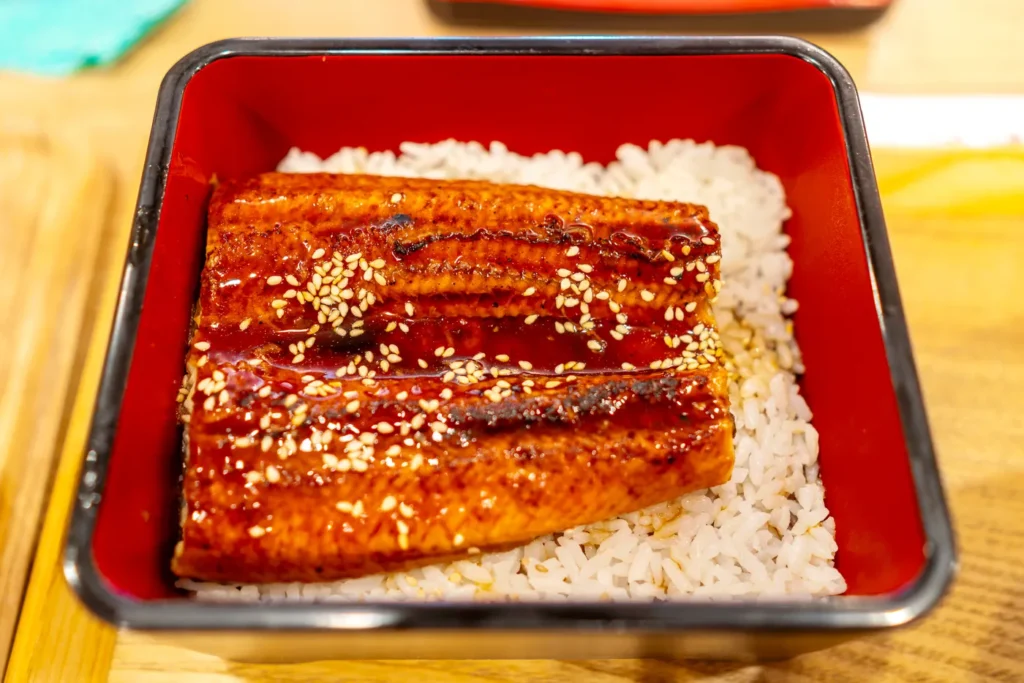
When you open the eel rice box, this is what it looks like. The eel is quite large. There’s also a generous amount of rice. If you eat it with soba, it’s quite a filling meal. Although, that’s just my opinion.
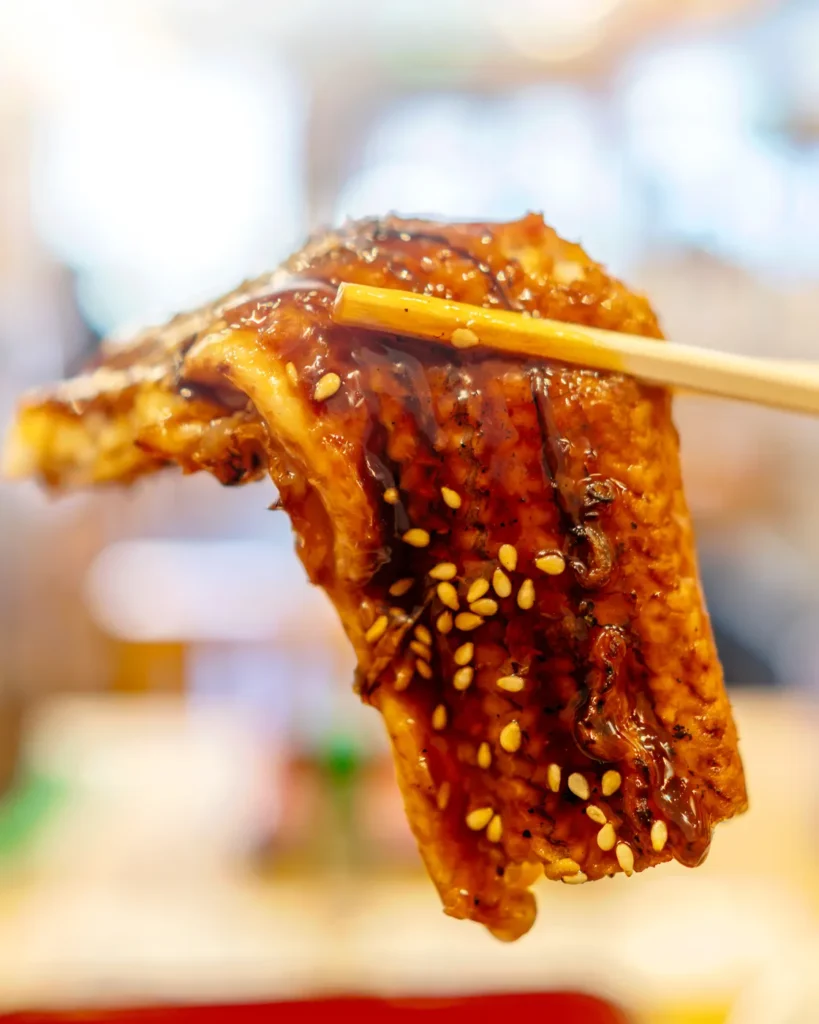
This is the appearance of the eel. The eel rice bowl at [Yukawa Seasonal Cuisine] is much more delicious, but compared to that, the portion is much larger and it includes soba, making it more affordable. It’s a recommended menu for those who enjoy budget-friendly travel. Although I haven’t posted it yet, in Okinawa, restaurants that are good at eel dishes generally start at a price range of at least 5,000 yen.
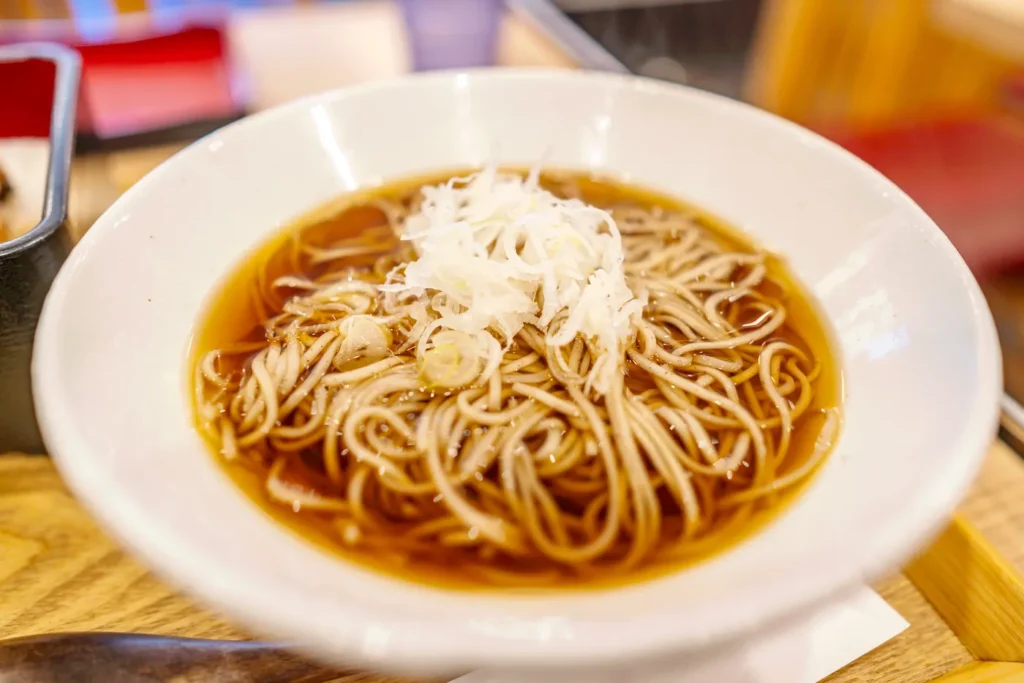
And this is warm soba that comes with the eel rice bowl. It’s a hot soba. The soy sauce-based broth perfectly seasons it.
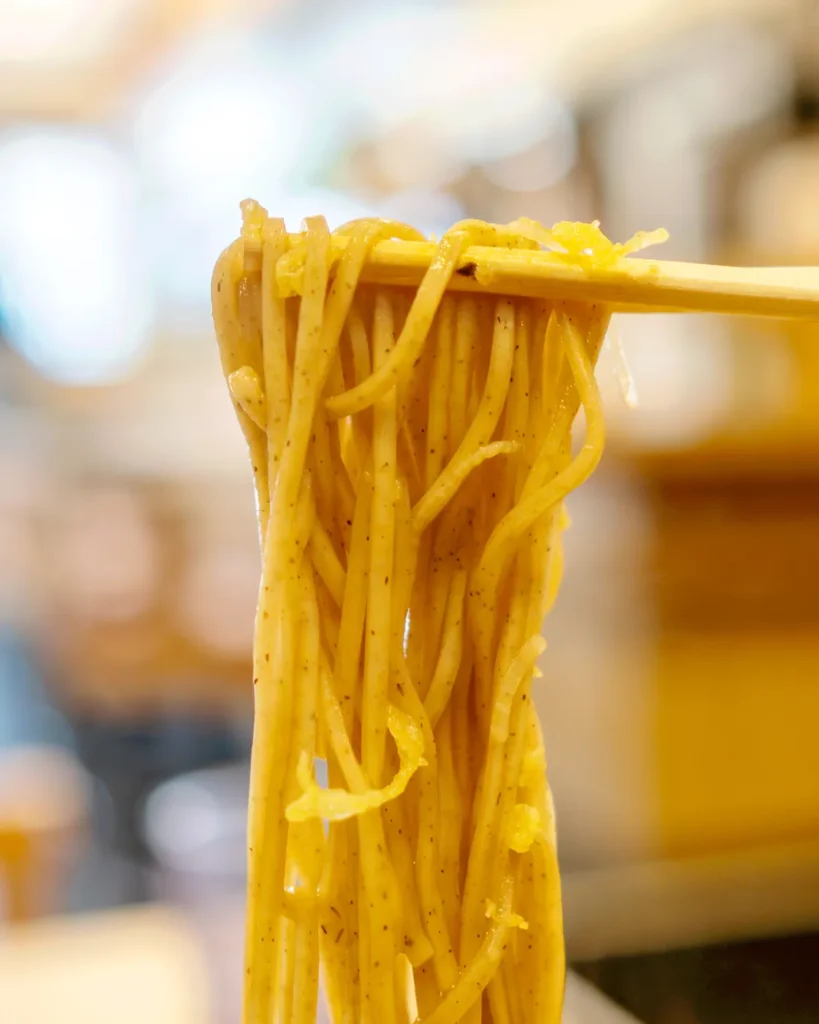
I love refreshing zaru soba, so warm soba feels relatively less appealing to me. However, if you prefer something warm, I think having warm soba is perfectly fine. It’s not that it doesn’t taste good or anything.
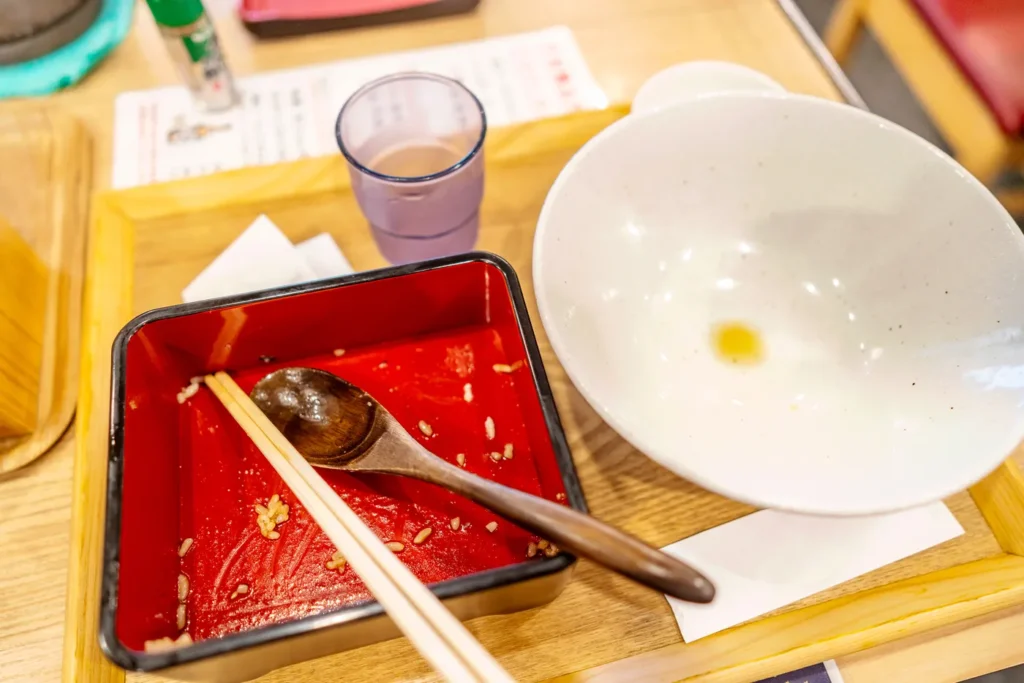
This is the scene after finishing the meal. While it wasn’t extraordinarily delicious, I’m satisfied that I could enjoy both eel and soba heartily at this price.
🍜 Tonkatsu Rice Bowl and Zaru Soba
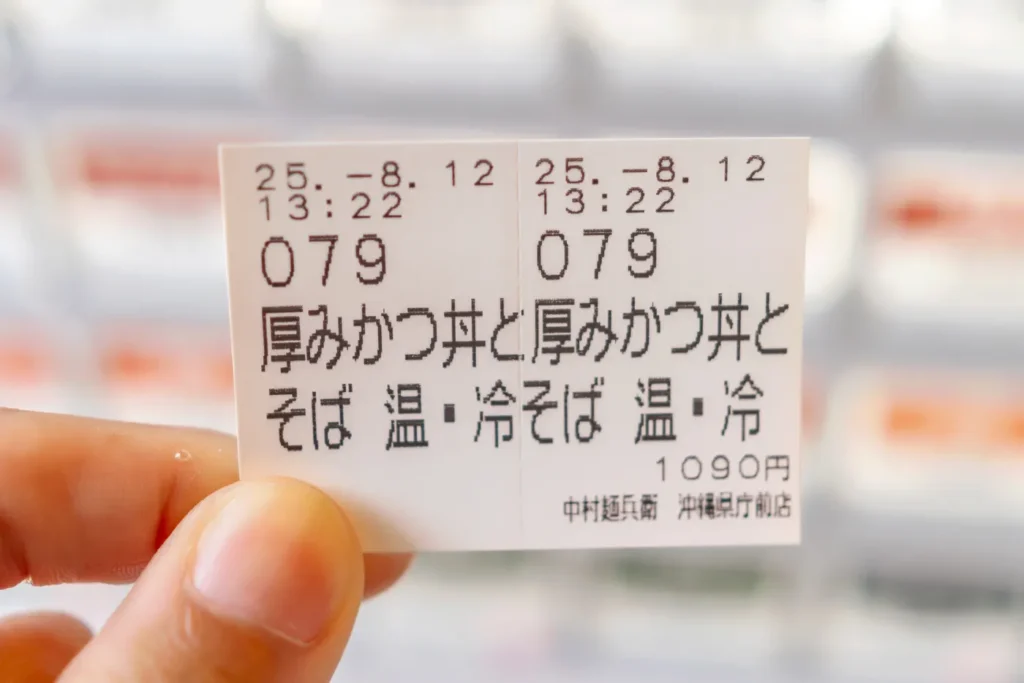
A few days later, I visited Namasoba Nakamura again. This time, I really wanted to try the zarusoba, so instead of the hot soba, I ordered the menu that includes my favourite zarusoba, which is the tonkatsu rice bowl and soba (厚みかつ丼とそば 温・冷). The price is 1,090 yen.
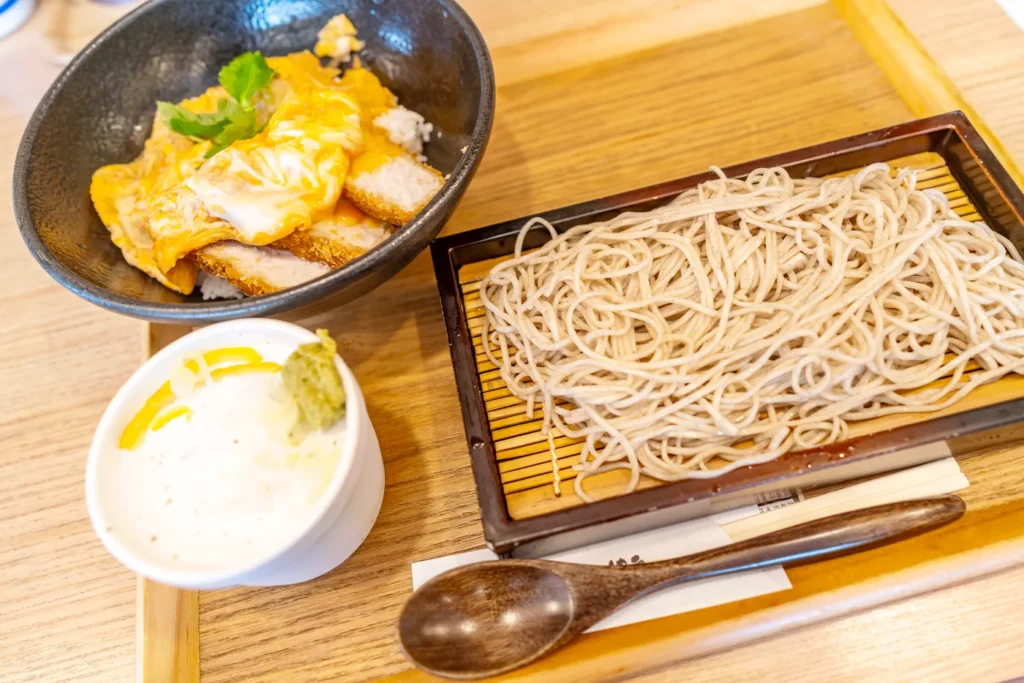
After ordering the meal and waiting for a moment, the set menu was served. While Koreans or Japanese might be familiar with eating zaru soba, it might be a first for Europeans or Westerners. To explain briefly, if you open the lid of the white bowl at the bottom left, you’ll find soy sauce. Mix all the spring onions and wasabi from the lid into it. You then dip the soba noodles on the right into this sauce.
This is a dish that people of all ages, including Westerners, can enjoy without any hesitation.
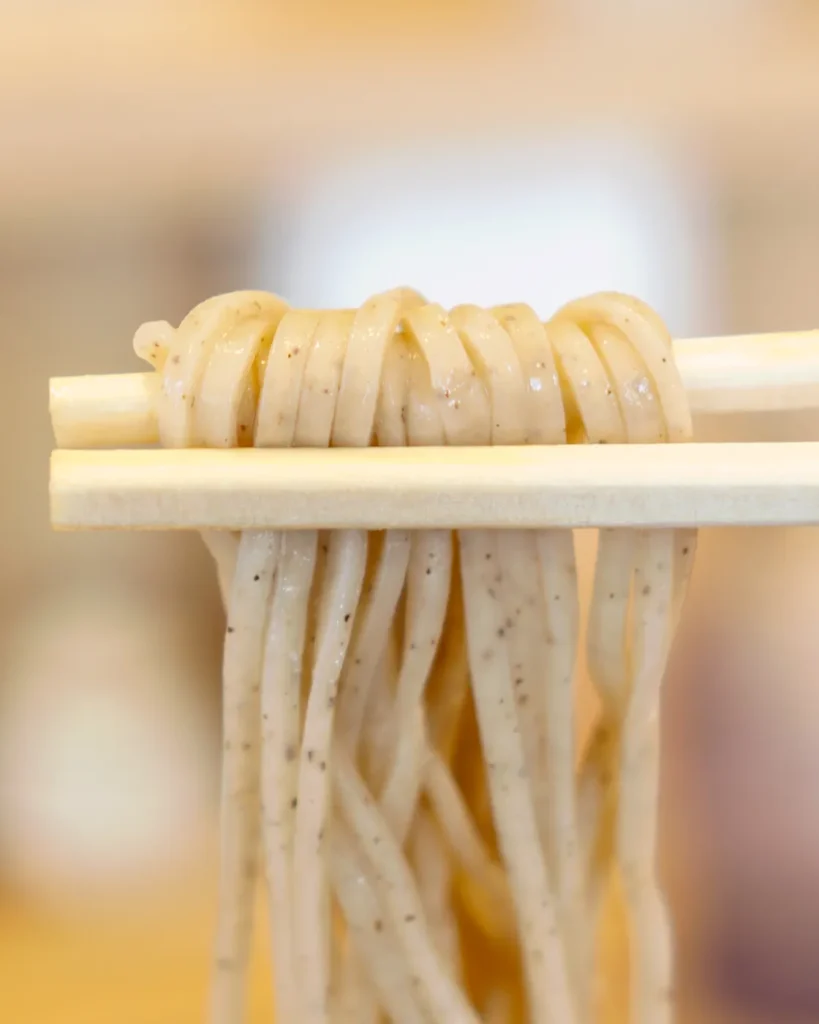
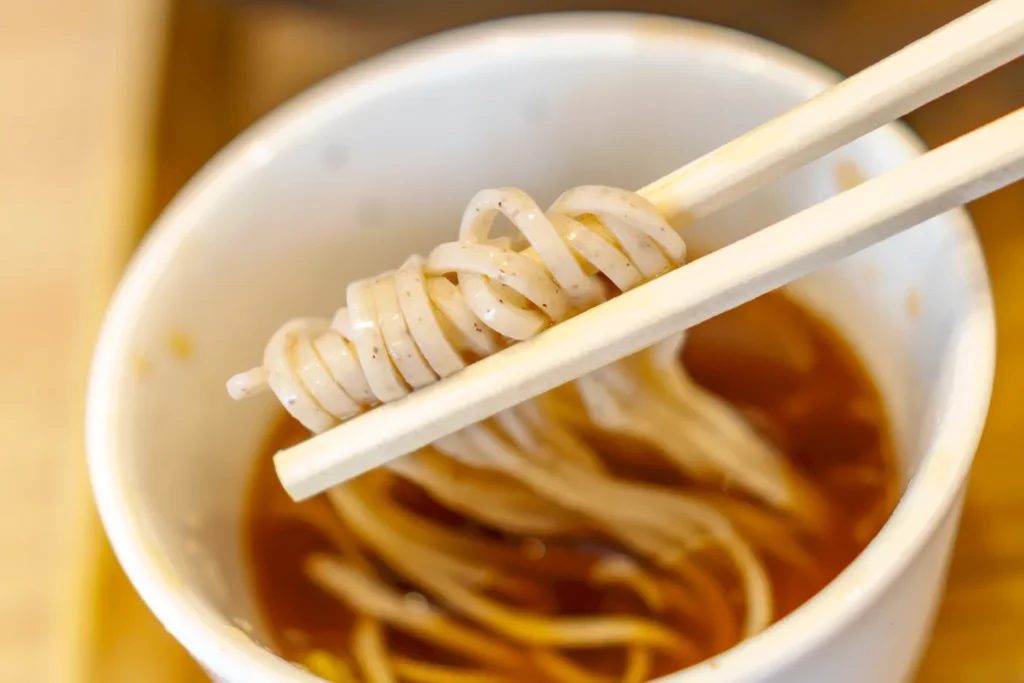
You lift the soba noodles like this and dip them into the sauce to enjoy. It’s a style of food I really love. I like zarusoba, so when I lived in Prague, I used to make it at home. That’s because there were no restaurants serving zarusoba in Prague. Even at restaurants run by actual Japanese people, zarusoba was not available. This is generally delicious. And indeed, it was tasty 👍
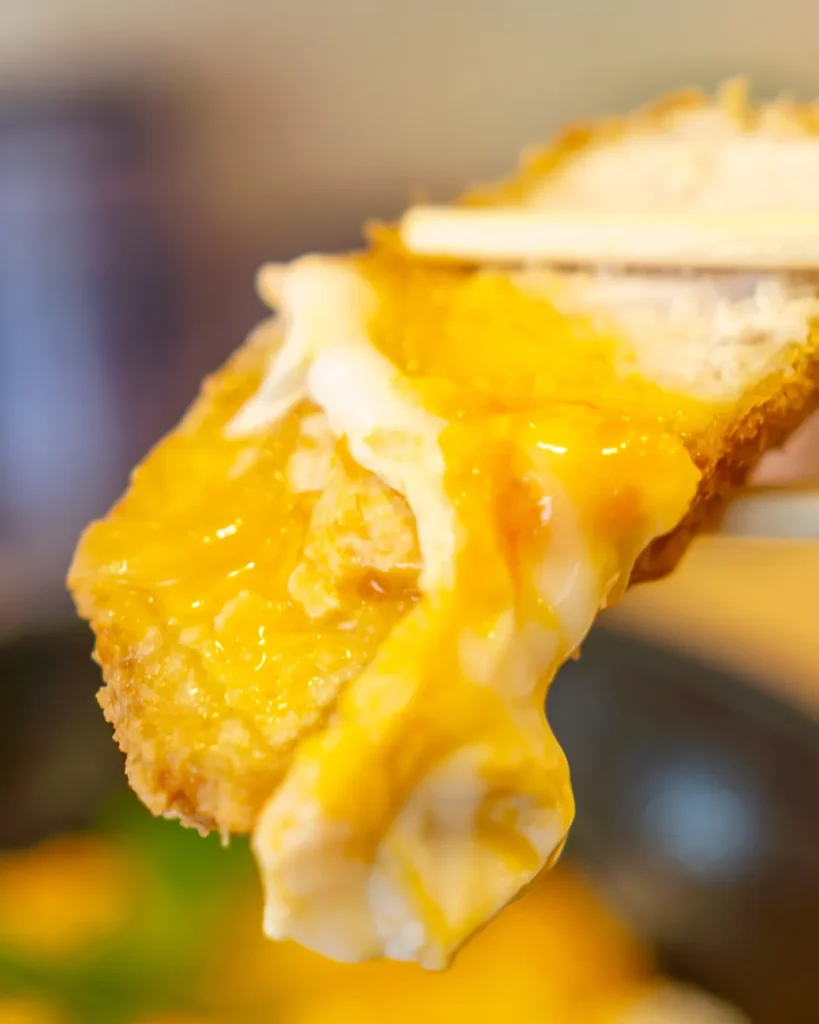
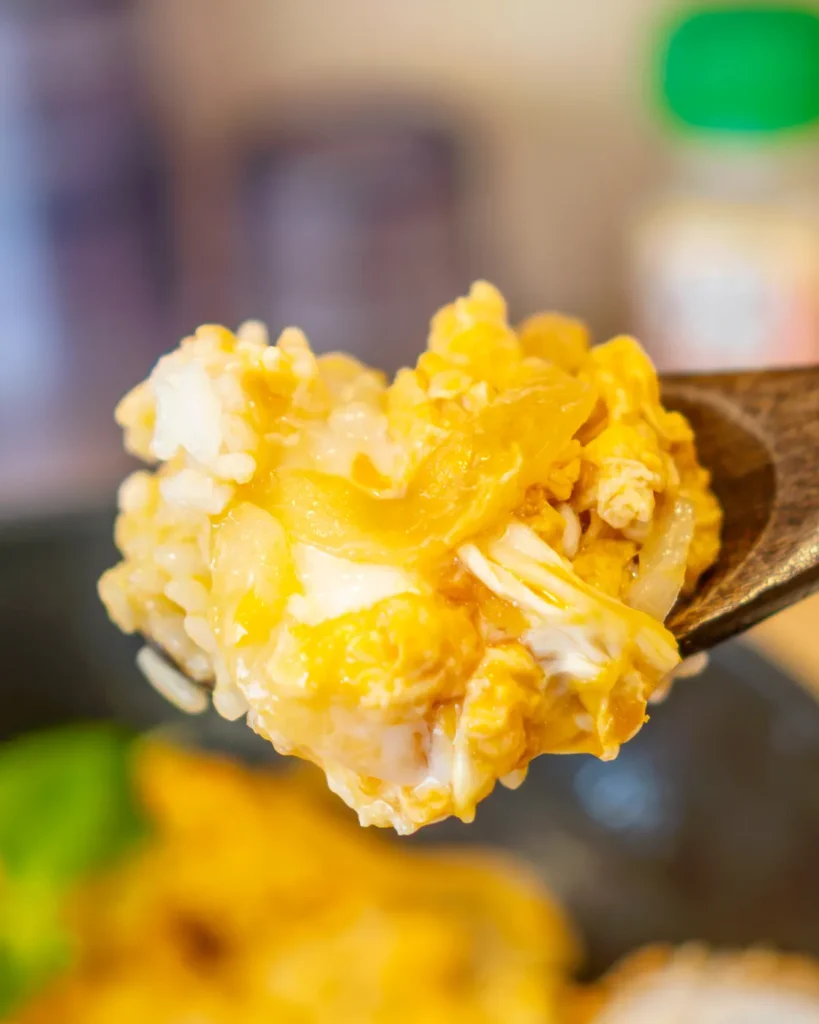
The accompanying pork cutlet rice bowl is best enjoyed with the moist pork cutlet, soft-boiled egg, and rice all together. When it comes to soft-boiled eggs, Westerners might feel a bit hesitant, but from my experience in Europe and Japan, Japanese eggs are incredibly hygienic. Just like in the US, only washed eggs are distributed. European eggs often come with chicken droppings and feathers, don’t they?
I’m well aware of the sensitivity to salmonella. But isn’t that because you love organic products too much?
Anyway, the combination of egg and pork cutlet is delicious when enjoyed together.
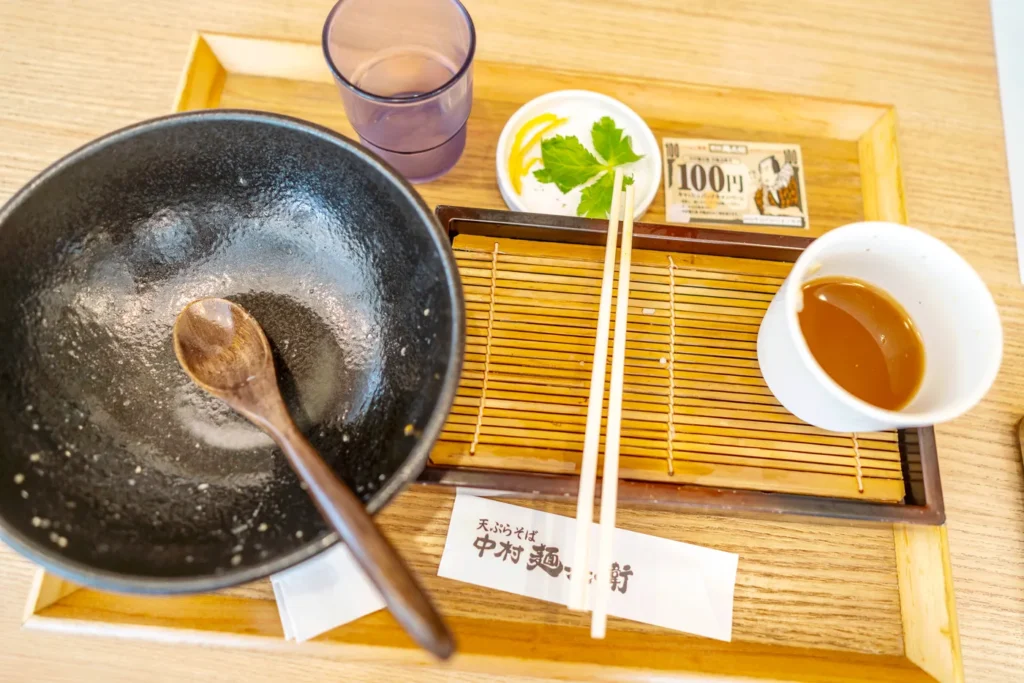
I also thoroughly enjoyed the pork cutlet rice bowl and zaru soba. The portions were quite generous for the price, and I was pleased with the menu. The eel rice bowl and soba were attractively priced, although the quality of the eel was slightly lower, making it a decent meal for the cost. However, I think the combination of the pork cutlet rice bowl and zaru soba was quite excellent. By the way, if you visit frequently, they offer a coupon that gives you a 100 yen cashback.
What do you think? How about enjoying some food that’s a bit more like mainland Japan, even though you’re in Okinawa? Personally, I would recommend trying a lot of Okinawan food when you’re here, but for those who have vague expectations or fantasies about Japan, that might not apply.
I hope this story helps with your trip to Okinawa.
That’s all for the Namisoba Nakamura story, and I’ll be back tomorrow with more Okinawa travel information. Matayasai 👋

